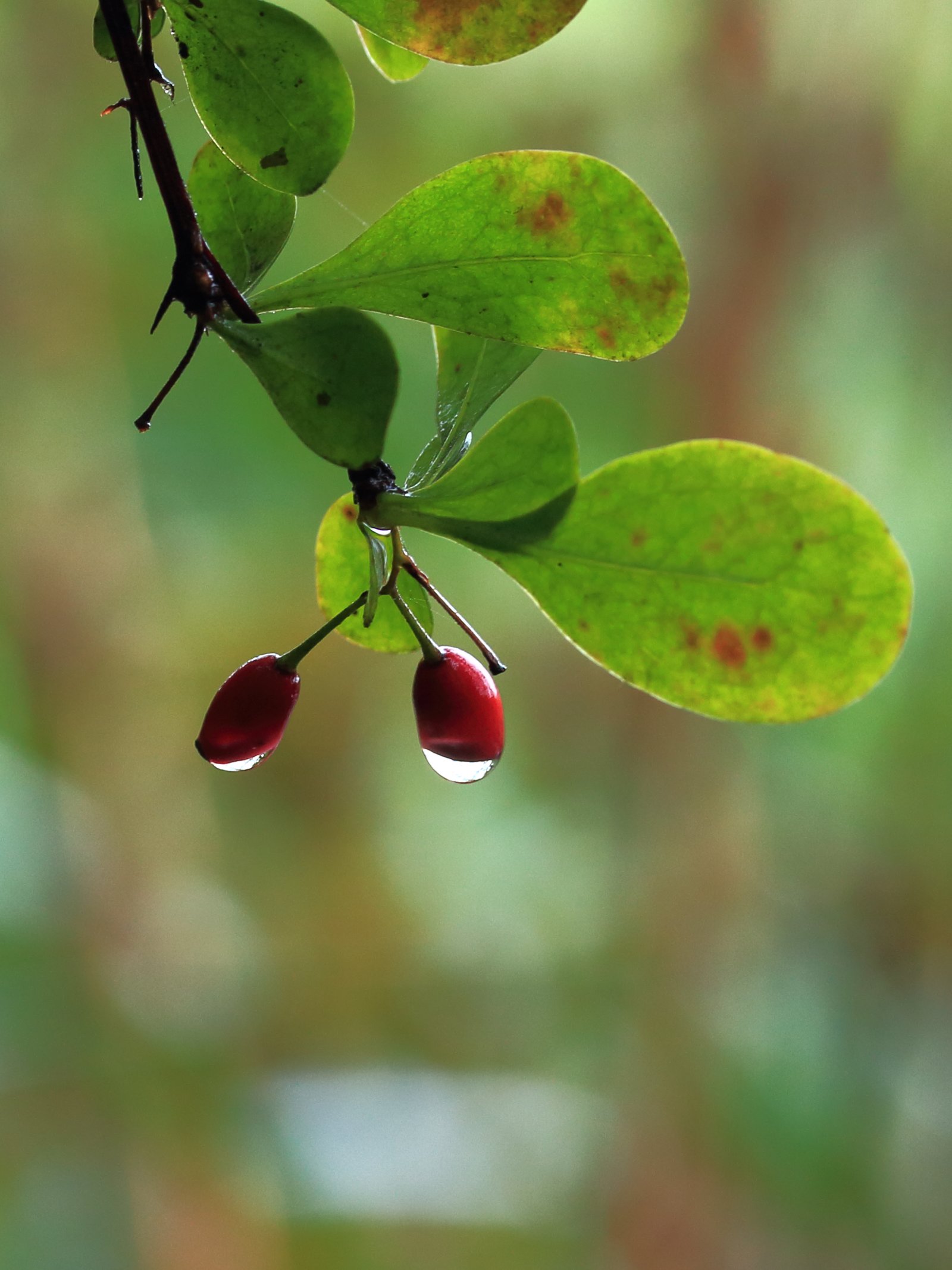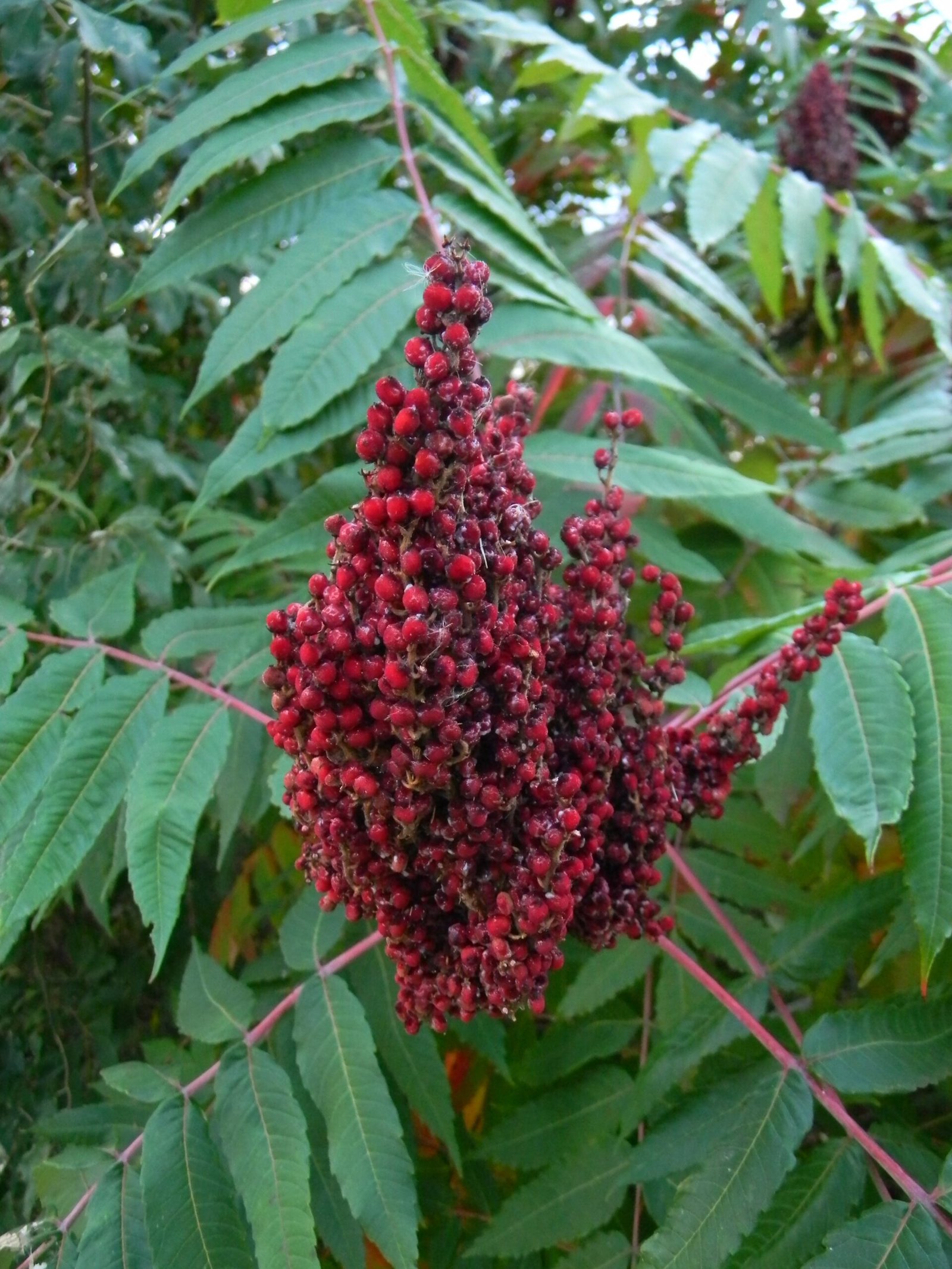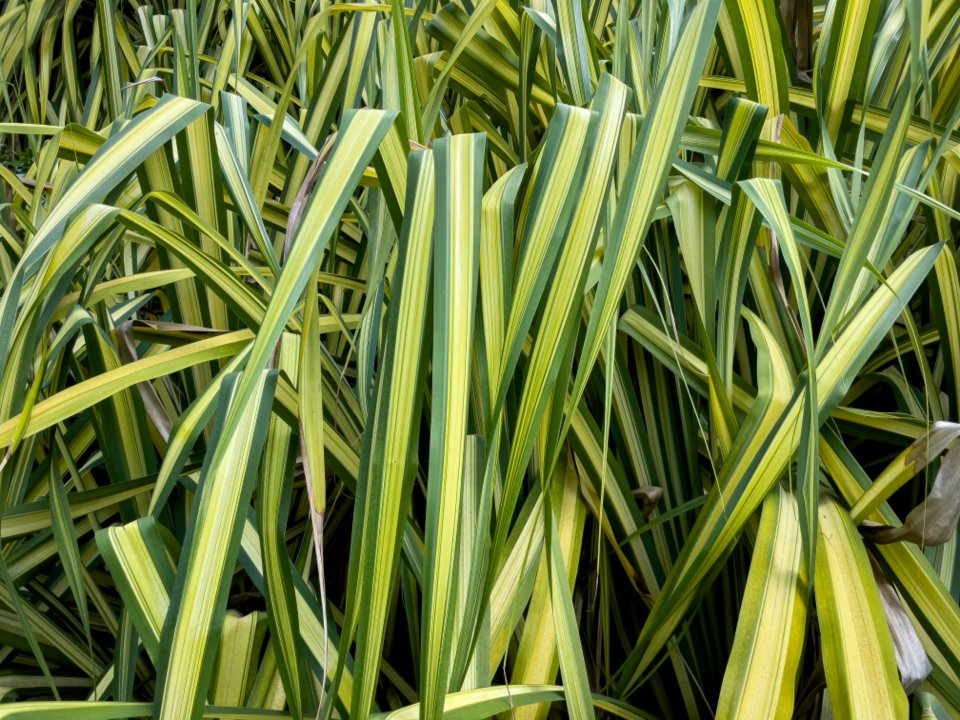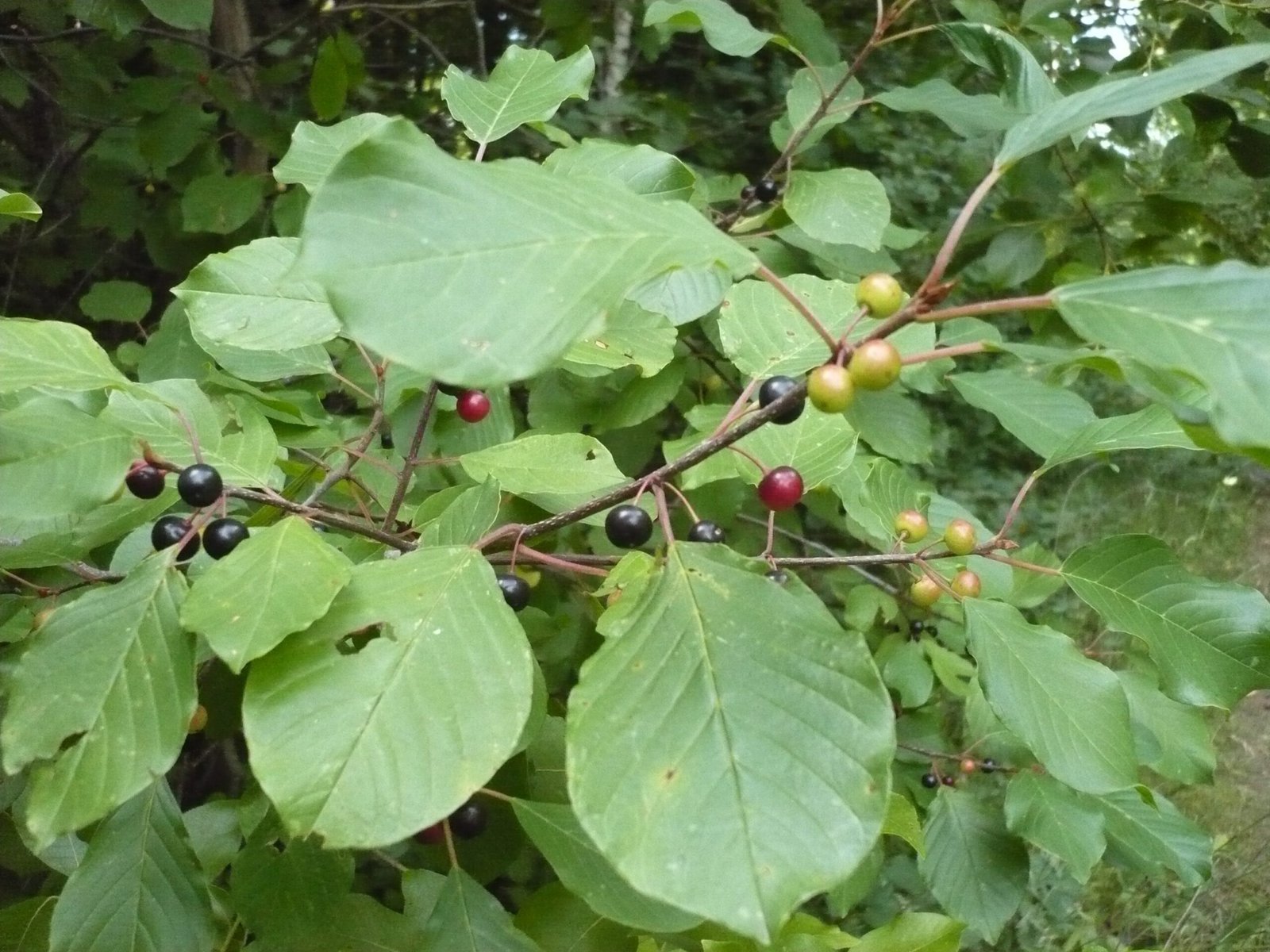Your dog’s tail-wagging joy in the backyard might be accompanied by some unwelcome hitchhikers. Ticks aren’t just gross – they’re dangerous disease carriers that can threaten both your furry friend and your family. What many pet owners don’t realize is that certain common plants act like five-star hotels for these blood-sucking pests, creating the perfect breeding and hiding spots right in your own yard. Understanding which plants attract ticks could be the difference between a safe outdoor space and a health hazard for your beloved pup.
Japanese Barberry: The Invasive Tick Magnet That’s Probably in Your Neighborhood

Japanese barberry (Berberis thubergii) is an invasive species in North America, the fact that ticks thrive in its branches should be enough to make any dog owner nervous. This thorny shrub with its bright red fall colors looks innocent enough, but research shows it’s basically a tick paradise waiting to happen.
The Japanese barberry growth form creates a humid microclimate that favors blacklegged tick survival by increasing questing time, which increases the chances of a successful bloodmeal and ultimately, reproduction. Even worse, mice thrive in stands of Japanese barberry, and these small mammals are primary tick hosts. When your dog brushes against these dense, thorny branches, they’re walking straight into tick central.
Ferns: The Lush Ground Cover That Hides Dangerous Secrets

Those beautiful ferns creating such lovely shade in your garden might be betraying your dog’s safety. Ticks prefer dark, damp conditions, and underneath the low-lying leaves of a well-watered fern plant is the perfect place for these pests to hang out. It’s like rolling out the red carpet for trouble.
They will often seek out moist, vegetative areas, which makes ferns ideal habitats. The low-lying, spreading nature of ferns provides a dense ground cover and the humid environment they prefer. While deer typically avoid ferns, ticks may also arrive in the yard by hitching a ride on rodents such as mice or squirrels – no deer taxi required. Your curious pup exploring these seemingly harmless plants could pick up more than just dirt on their paws.
Hostas: The Shade Garden Favorite That’s Not So Pet-Friendly

Here’s a double whammy that’ll make you rethink those gorgeous hosta displays. Unfortunately, these plants trap moisture, making them a tick’s favorite spot. Furthermore, their appeal to deer, common tick carriers, heightens the risk. But wait, there’s more bad news for dog parents.
As perennial plants that live in shaded areas, hosta plants, with their lush, vibrant leaves, are toxic to dogs and cats alike. Jennifer Kendall, DVM, DABT, DABVT, senior toxicologist at the ASPCA Animal Poison Control Center, explains that all parts of the plant contain something called saponins, which can irritate the intestinal tract. So not only do they attract ticks, but if your dog decides to take a nibble, they could end up with serious stomach problems.
Staghorn Sumac: The Wildlife Buffet That Brings Unwanted Dinner Guests

Deer love to eat staghorn sumac plants. So, if you have this in your garden, deer will follow. They may also bring with them disease-carrying ticks. This native North American plant might look stunning with its tall red fruit clusters, but it’s basically sending out dinner invitations to every tick-carrying animal in the neighborhood.
White-tailed deer also love to eat this plant. Both the stems and fruit are important sources of sustenance in the winter when other plants may be scarce. While it can be an amazing experience watching deer in your backyard, these animals are also notorious for carrying ticks. Your dog doesn’t need to encounter deer directly – just the ticks they leave behind on your staghorn sumac can cause problems.
Pine Trees: The Evergreen Canopies Creating Tick Hideouts

A combination of deep shade and low branches is a perfect match for ticks, as these critters typically do not climb high up into trees. You should stop and think before you plant new pine (Pinus spp.) trees in your yard, because they provide ample places for ticks to wait for a host. Some pine trees, like white pine (Pinus strobus), feature drooping branches that make great cover for ticks.
The problem gets worse with certain varieties. Others, like mugo pine (Pinus mugo) trees, spread out and grow lower to the ground, creating dense canopies for ticks to hide within. These low-hanging branches create the perfect ambush points where ticks can easily transfer to your unsuspecting dog during their daily outdoor adventures.
Ornamental Grasses: The Decorative Elements That Deceive

While the plants themselves don’t have any direct tick-attracting abilities, most ornamental grasses create the ideal conditions for this pest. Tall grass with dense foliage increases humidity, moisture, and the presence of ticks. That beautiful swaying grass that adds movement to your landscape design might be swaying with more than just the breeze.
However, tall grass can sometimes be a problem, especially when attracting dangerous pests such as ticks. Tall grass gives fleas shelter from direct sunlight and desiccation (drying out), helping them stay hydrated and active for extended periods. When your dog runs through these grassy areas, they’re essentially running through a tick obstacle course where the odds aren’t in their favor.
Buckthorn: The Dense Shrub Creating Tick Neighborhoods

A dense shrub considered invasive in the U.S., buckthorn will attract more ticks to your yard. There are two species, common buckthorn (Rhamnus cathartica) and glossy buckthorn (Frangula alnus). Avoid introducing either of these shrubs into your landscaping, and consider a plan for removal they are already growing. Buckthorn shrubs outcompete other plants by creating thick shaded areas, also giving ticks an ideal habitat.
The removal process isn’t simple either. Small buckthorn plants can be removed by pulling, but larger plants need to be cut down and killed with herbicides or stem treatments to prevent regrowth. Until you can tackle this invasive species, those dense thickets are essentially tick apartment complexes in your yard.
Oak Trees: The Majestic Shade Providers With a Dark Side

The dense branches of many oak (Quercus spp.) trees, including red oak (Quercus rubra) and post oak (Quercus stellata) are prime real estate for wandering ticks. Thick foliage, like that found on red oaks and post oaks, means more humidity and fewer chances that ticks will die of dehydration. Those magnificent trees providing cool shade for summer barbecues might also be providing cool comfort for ticks.
Trees and plants with dense canopies such as oak, hickory, and beech can provide a dramatic landscaping beauty to your outdoor areas. However, various types of ticks stay under dense canopies because they will get shelter from direct sunlight. Besides, dense canopies create a humid and moist environment underneath, which these parasites prefer as it helps them retain moisture and survive. Your dog seeking shelter under these same trees could be walking into tick territory.
Conclusion

Creating a tick-safe environment for your dog doesn’t mean sacrificing a beautiful yard – it means making smarter plant choices. Consider replacing these tick-attracting plants with alternatives like lavender, rosemary, or marigolds that naturally repel these pests instead of welcoming them. Regular yard maintenance, including keeping grass short and clearing leaf litter, can also make your outdoor space less appealing to ticks.
Remember, protecting your furry family member from tick-borne diseases starts with understanding what’s growing in your own backyard. The plants that seem most innocent might be the ones putting your dog at the greatest risk. Who knew that beautiful landscaping could come with such hidden dangers?






